Using Millennial Lingo in Your Marketing
Born between 1982-2004, millennials are the most active generation on social media. Most entrepreneurs today belong to this generation, which cares more about social values than economics, and would rather stay at a low-paying job they love than earn a lot more at one they find boring.
According to a TNS study, the average millennial with internet access spends about 3.1 hours a day on their mobile devices, with 71 per cent using social media and 76 per cent watching online videos everyday. Needless to say, like generations before them, this one too speaks its own language, a lot of which focuses on contractions for convenience’s sake, for mobile devices, instant messaging and of course, the character and space restrictions on social media. They speak the language with one another, but do they want to do the same with a brand?
A look at the social media pages and accounts of emerging brands among millennials – such as Eos and Chobani – and established companies sought-after among this generation – like Amazon and Starbucks – reveals that they barely use internet buzzwords and texting lingo popularized by social media users who were either born or came of age in the 2000s. They clearly prefer to speak in an authentic voice and are not attempting to ‘fit in’ with the younger crowd by speaking their language. Why is that?
Maybe because millennials are a diverse bunch. The ones in their late 20s and early 30s, while familiar with trendy lingo, may not necessarily use them extensively or at all. The younger bunch – born in the late 90s and early 2000s – do, those Snapchatters and perpetual selfie-takers who will gladly take some time out to teach their parents and grandparents how to operate their smartphones. But there is one thing both find embarrassing : the use of youthful lingo by anyone who isn’t them. Which brings us to the question – can a brand be your friend? If you think a brand can be loved, but not necessarily be your BFF, then millennials’ reaction to a brand using young, hip lingo wouldn’t be any different than if it were spoken by their parents.
Here’s how both groups reacted to this social media post:

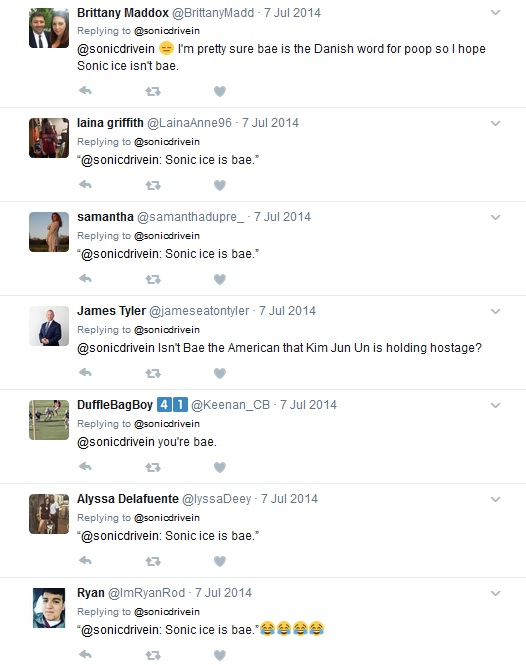
Though the post received a lot of engagement, millennials poked fun at the use of ‘bae’. The hugely popular slang word is generally used to denote affection towards a person – usually a boyfriend/girlfriend. Using this term of endearment in a self-referential or self-aggrandizing way is a bad idea. Sonic Drive-In used the same word cleverly in their Facebook post; it doesn’t make you cringe.
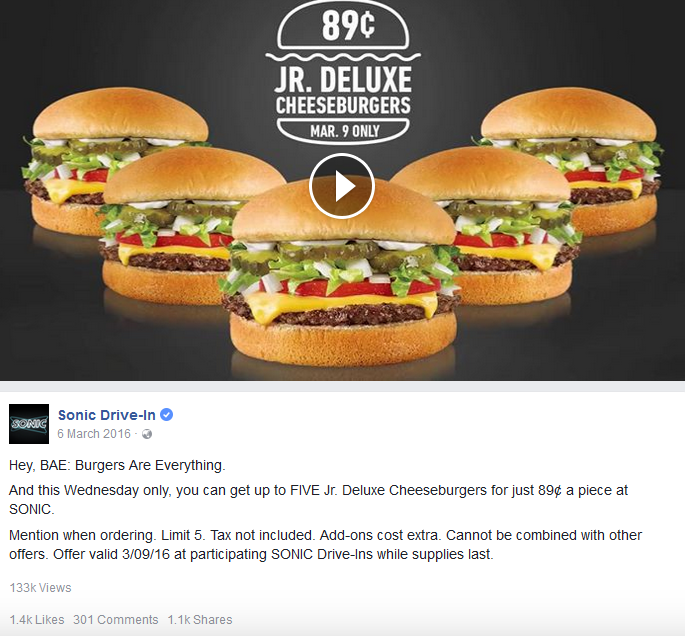
A social media user did not take kindly to youth-oriented brand Forever21’s ‘bae’ reference. There must be a better way to caption this outfit than insinuating that your bae probably doesn’t dress this cool!
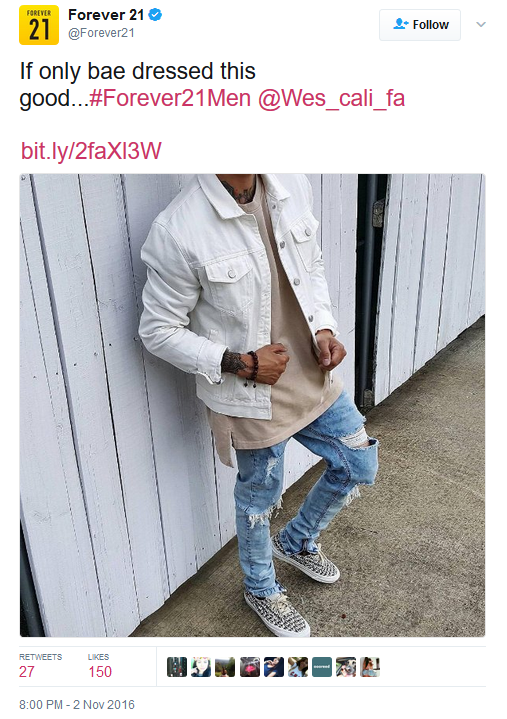
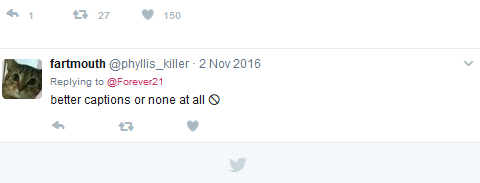
One of the best practices of social media marketing is to connect with your audience using the content and tone most likely to resonate with them. But this shouldn’t come at the expense of your own voice. Trying too hard to use youthful lingo doesn’t seem to be going down well with millennials. They can cut through the lame attempt or perceive you as a fake ally, as they most recently did with Pepsi.
Millennials have a socially-conscious mindset; taking advantage of it like Pepsi’s latest and now-canceled ad featuring Kendall Jenner is a gaffe no brand wants to commit. The larger message of Jenner being ‘woke’, a slang for social awareness, was called out for being frivolous, superficial and tone-deaf. If anything, Pepsi woke up to millennials’ mature thinking and understanding of social issues affecting society.
‘Woke’ has been used more compellingly and sensibly in the headline below:
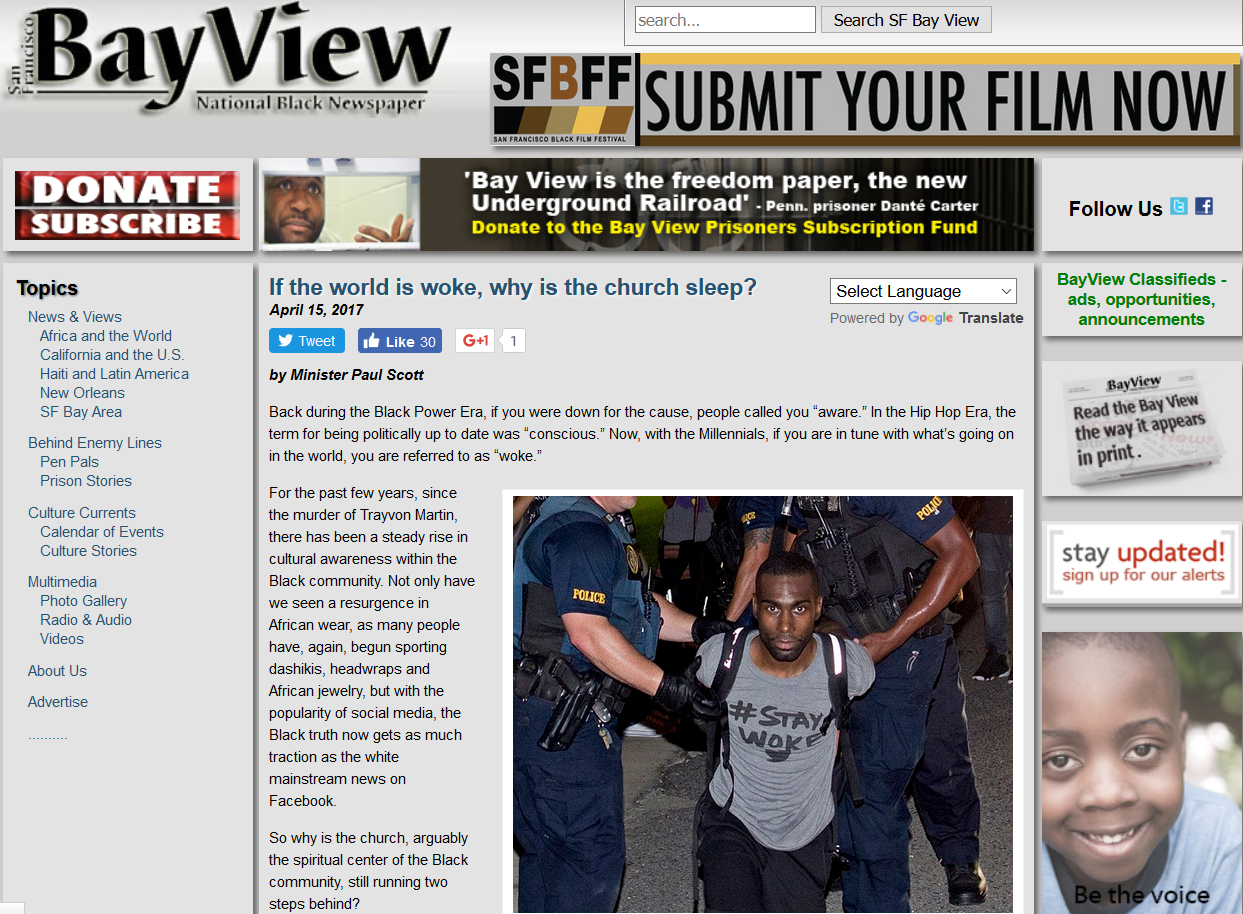
Here’s another one that uses ‘throwing shade’ wittily for a political news piece.

Millennial slang can be incorporated into headlines to make them more interesting. Here again, you want to check for appropriateness and value to steer clear of appearing flighty or clickbaity.
You can also include millennial lingo in your hashtags to improve the visibility of your posts. Here is one example where ‘on fleek’ (flawlessly styled) is used humorously:
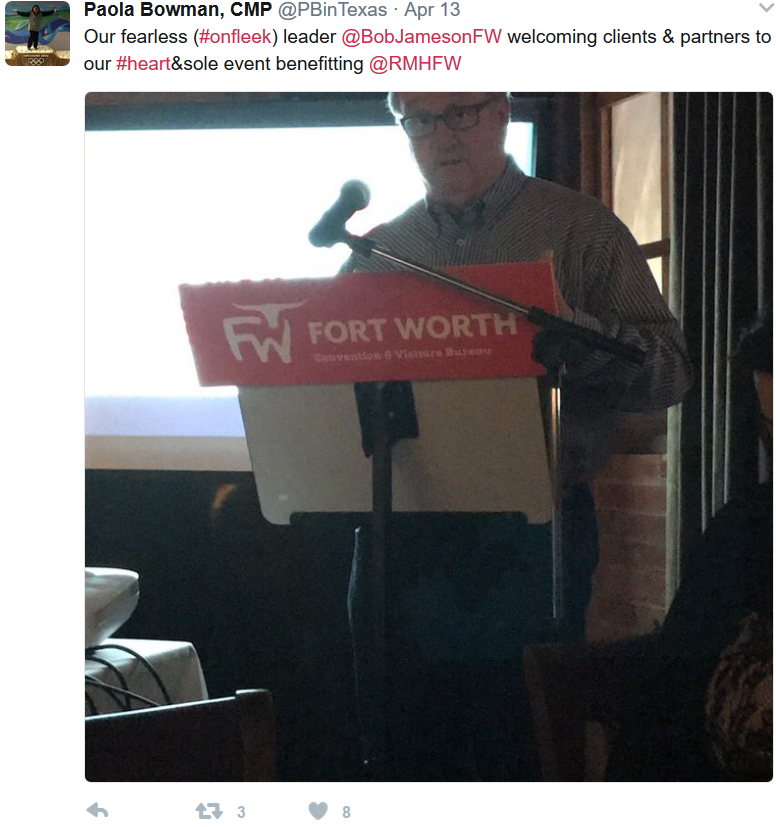
Puma strikes the right note with #TBT (throwback Thursday):

Effie’s Rags uses ‘slay’ playfully in their hashtag:
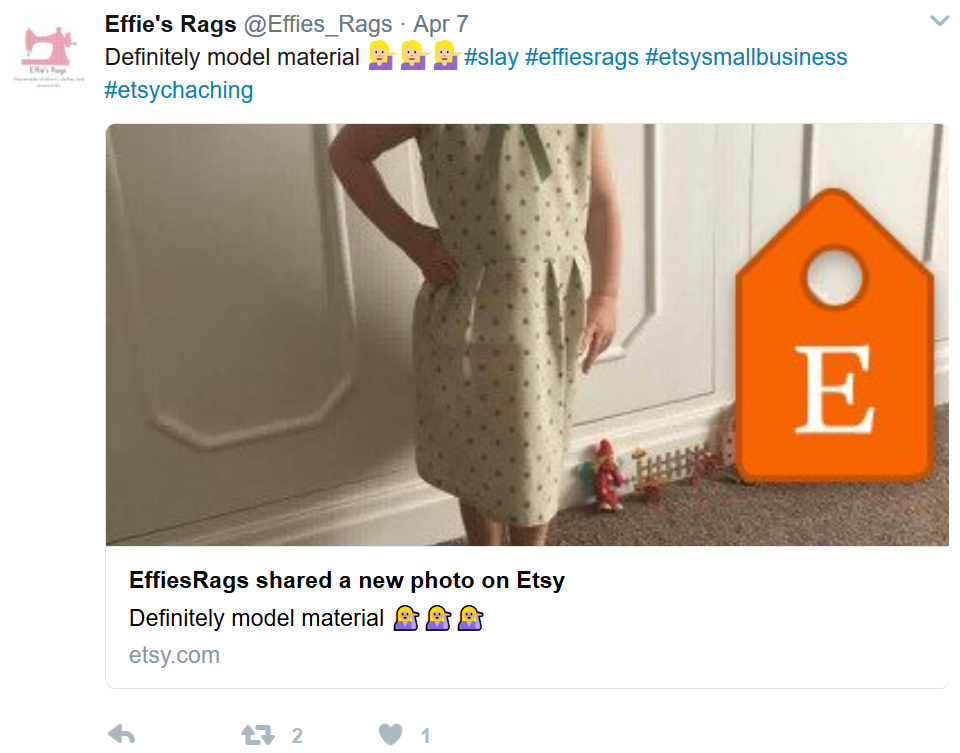
The example below uses “lit” (exciting or excellent) perfectly. If there is a particular millennial slang word that can be used to describe a key feature of your product or is a compatible homograph (spelt the same but having different meanings) as seen in this example, go for it.
Save time managing your social media accounts
Are you still managing your social media accounts directly from Facebook/Twitter/LinkedIn? Make your life easier by managing all your social media in one place, schedule posts, repeat posts, curate content and more. Try DrumUp now, it's free, forever.
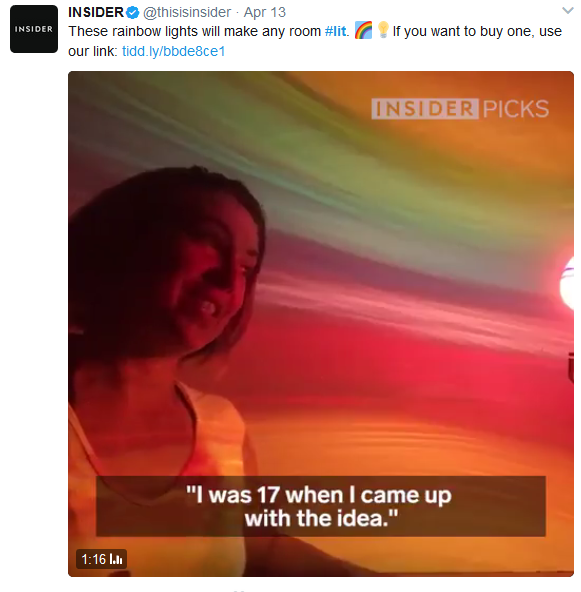
If you cannot think of a clever way to include trendy slang and acronyms, look at those that can be incorporated more flexibly, such as #YOLO (you only live once), ICYMI (in case you missed it), IMO (in my opinion), and NSFW (not safe for work).
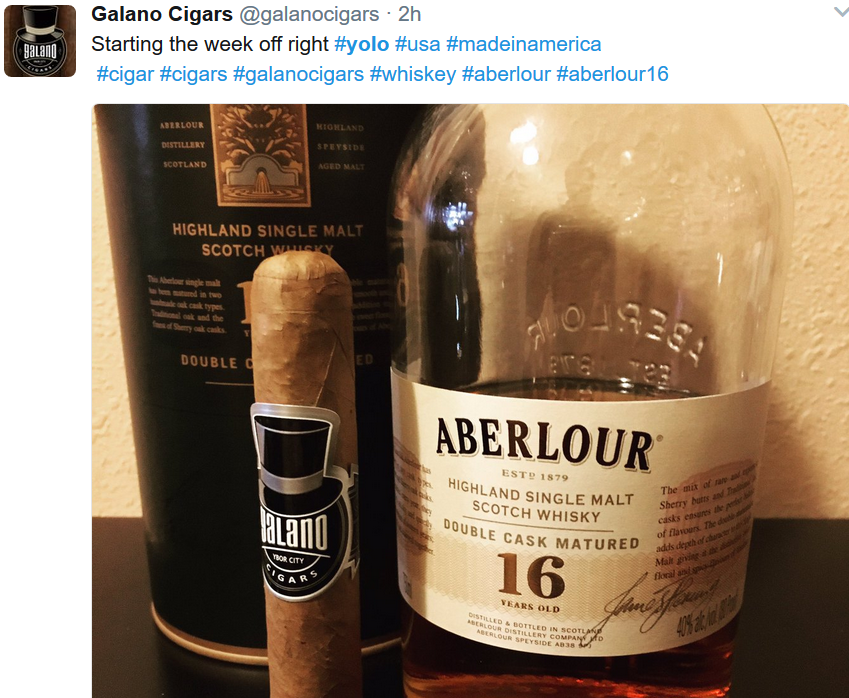
TL;DR is another millennial slang you may want to keep on your radar. It is a disclaimer issued to readers who don’t wish to read the preceding material because it looks too long, and paired with a gist of the original, lengthy text for the benefit of readers.

Quality content is at the heart of any effective social media engagement strategy. Language and tone of message delivery can enhance content, but by itself, cannot promise ‘likes’ and shares. Use millennial lingo with care, and err on the side of caution if you feel like your sentence isn’t lit or on fleek.